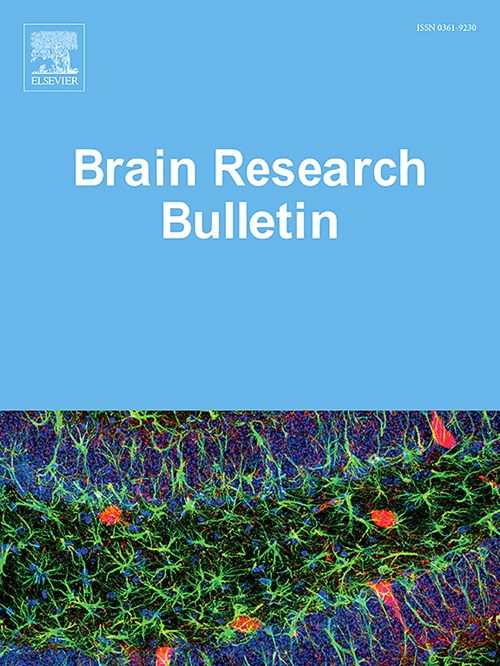联想丘脑在认知过程中的独特作用
IF 3.5
3区 医学
Q2 NEUROSCIENCES
引用次数: 0
摘要
丘脑位于前脑的中心位置,传统上被认为是感觉和运动信号的中继站。最近的研究挑战了这一观点,揭示了以前未被认识的功能,如调节皮质兴奋性,维持兴奋和抑制之间的平衡,以及调节有效的连接。这些非中继功能源于真正的丘脑对广泛输入的处理,这些输入导致上下文信号,这些信号在支持学习、注意力和执行功能的高级认知能力中发挥作用。特别是丘脑的联合结构,如丘脑中背侧和丘脑枕侧,它们接受来自皮层的驱动输入并参与跨丘脑皮层-皮层回路,在提高高级认知功能的信息处理效率方面发挥着至关重要的作用。本文综述了近年来丘脑的研究进展,重点介绍了丘脑枕侧和丘脑中背侧及其在认知加工中的综合作用。我们讨论了神经网络模型揭示的这些跨丘脑相互作用的计算原理。此外,我们还总结了最近关于丘脑功能障碍如何导致精神障碍的证据,以精神分裂症为例,并强调了针对联合丘脑的新诊断和治疗策略的潜力。这篇综述结合了动物模型和人类研究的发现,从多学科的角度全面概述了丘脑对认知的不同贡献及其对精神健康治疗的革命性影响。本文章由计算机程序翻译,如有差异,请以英文原文为准。
The unique role of the associative thalamus in cognitive processing
The thalamus, centrally located in the forebrain, has traditionally been recognized as a relay station for sensory and motor signals. Recent research has challenged this perspective by revealing previously unrecognized functions, such as regulating cortical excitability, maintaining the balance between excitation and inhibition, and modulating effective connectivity. These non-relay functions stem from genuine thalamic processing of a wide range of inputs that lead to contextual signals that play a role in advanced cognitive abilities underpinning learning, attention, and executive functions. Particularly, associative thalamic structures, such as the mediodorsal thalamus and pulvinar which receive driving inputs from the cortex and participate in transthalamic cortico- cortical loop, play a crucial role in enhancing information processing efficiency for higher cognitive functions. This paper reviews recent advances in thalamic research, with a focus on the pulvinar and mediodorsal thalamus and their integrative role in cognitive processing. We discuss the computational principles of these transthalamic interactions revealed by the neural network models. We additionally summarize recent evidence on how thalamic dysfunctions contribute to mental disorders, using schizophrenia as a key example, and highlight the potential of targeting the associative thalamus for novel diagnostic and therapeutic strategies. This review combines findings from both animal models and human studies, providing a comprehensive overview of the diverse contributions of the thalamus to cognition and its potential to revolutionize mental health treatment through a multidisciplinary perspective.
求助全文
通过发布文献求助,成功后即可免费获取论文全文。
去求助
来源期刊

Brain Research Bulletin
医学-神经科学
CiteScore
6.90
自引率
2.60%
发文量
253
审稿时长
67 days
期刊介绍:
The Brain Research Bulletin (BRB) aims to publish novel work that advances our knowledge of molecular and cellular mechanisms that underlie neural network properties associated with behavior, cognition and other brain functions during neurodevelopment and in the adult. Although clinical research is out of the Journal''s scope, the BRB also aims to publish translation research that provides insight into biological mechanisms and processes associated with neurodegeneration mechanisms, neurological diseases and neuropsychiatric disorders. The Journal is especially interested in research using novel methodologies, such as optogenetics, multielectrode array recordings and life imaging in wild-type and genetically-modified animal models, with the goal to advance our understanding of how neurons, glia and networks function in vivo.
 求助内容:
求助内容: 应助结果提醒方式:
应助结果提醒方式:


